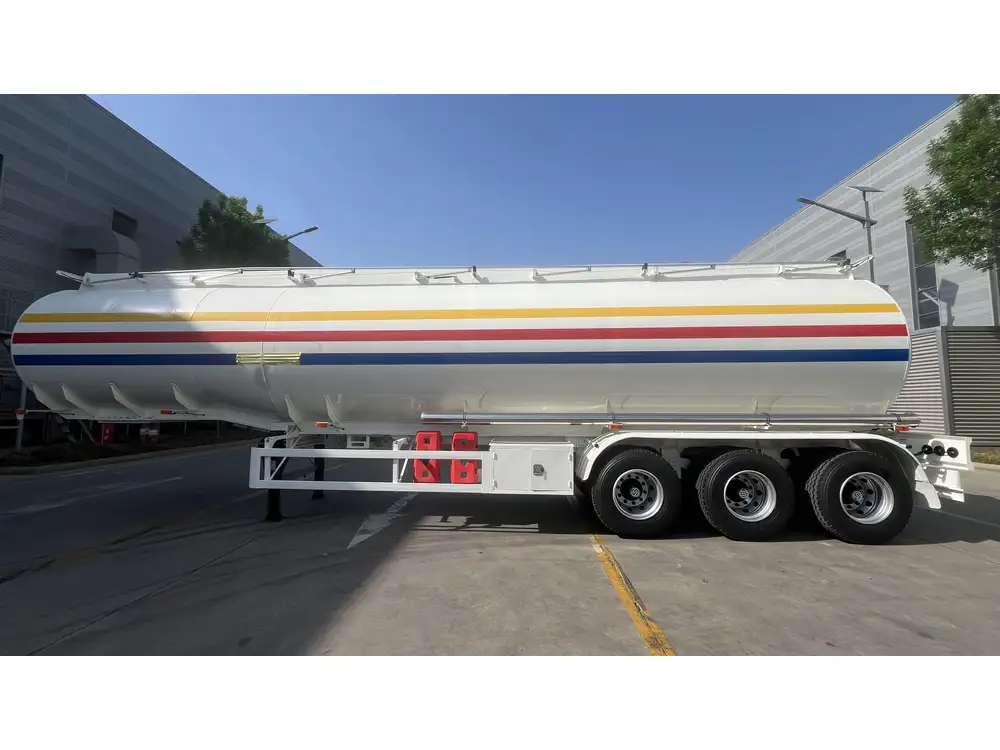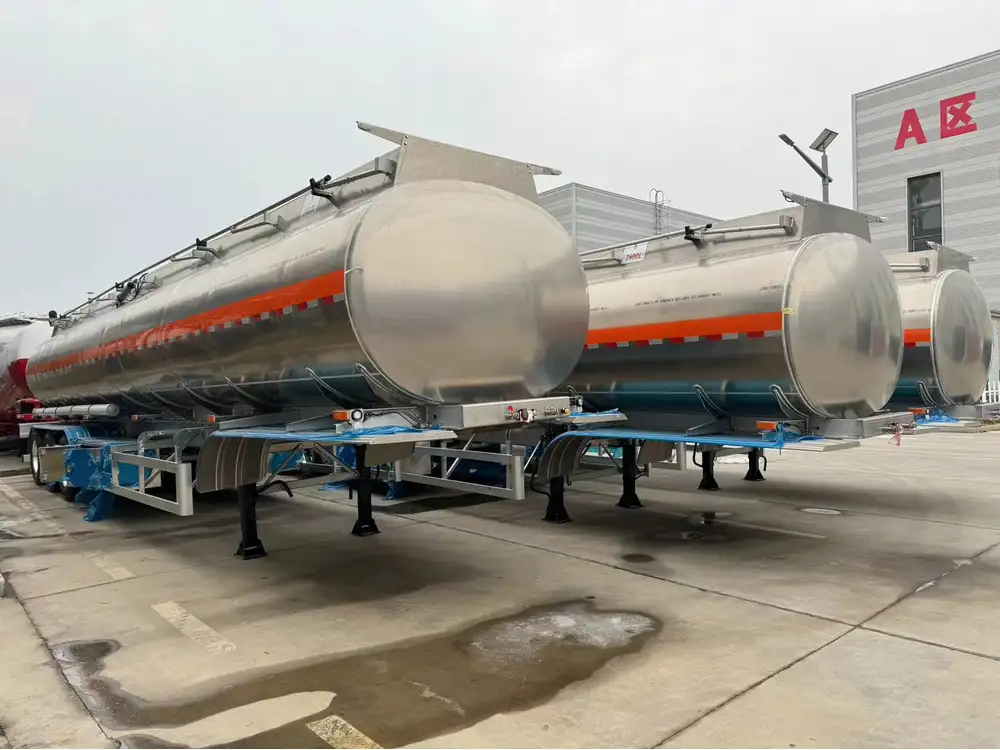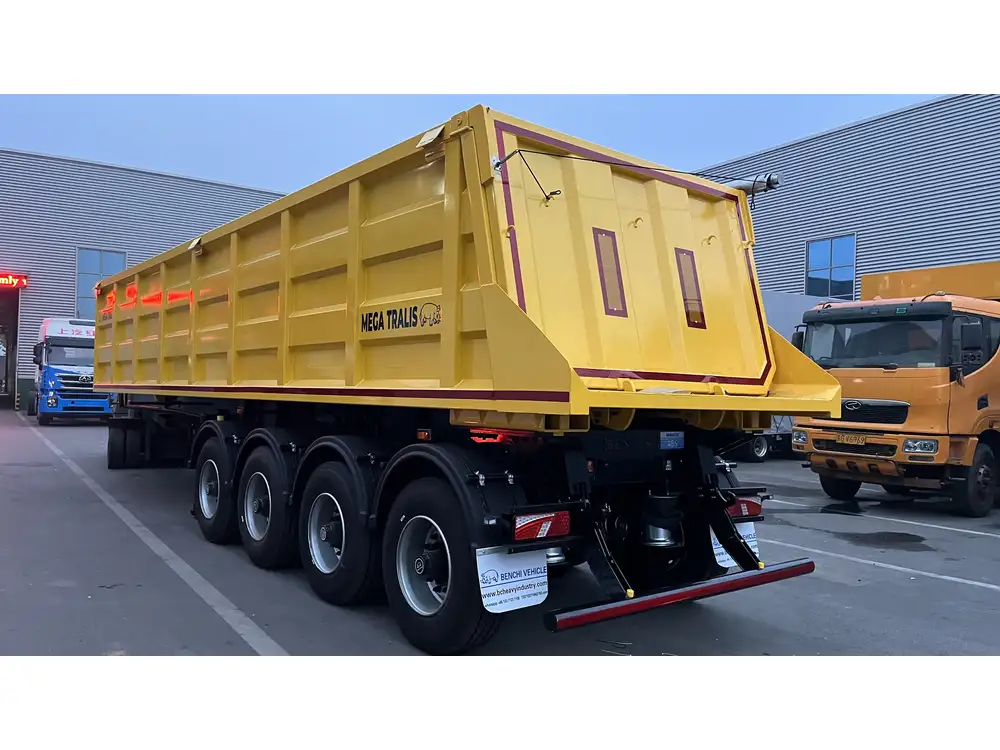Cattle transportation serves a pivotal role in agriculture, ensuring livestock is moved safely and efficiently. However, the cleaning process of cattle semi-trailers is often overlooked, despite its significant importance in the prevention of disease spread, sanitation, and overall trailer longevity. This article delves deeply into effective methods of washing out cattle semi-trailers, complete with systematic approaches, recommended practices, and potential pitfalls to avoid.
Importance of Washing Cattle Semi-Trailers
Washing cattle semi-trailers is not just about cleanliness; it plays a vital role in health and safety. Here are key reasons why thorough washing is indispensable:
| Reason | Explanation |
|---|---|
| Disease Prevention | Pathogens from one load can easily be spread to another, leading to significant health issues in livestock. Washing helps mitigate this risk. |
| Odor Management | Accumulation of waste can lead to pungent odors, making transportation unpleasant and negatively impacting driver performance and customer relationships. |
| Trailer Longevity | Regular maintenance, including washing, helps prevent the deterioration of materials, thereby extending the life of the semi-trailer. |
| Compliance with Regulations | Many regions have laws requiring the cleaning of livestock trailers to ensure biosecurity, especially following transport across state lines. |
Pre-Wash Preparation: Setting Up for Success
Before initiating the cleaning process, proper preparation is crucial. Here are steps to consider:

1. Gather Necessary Equipment
Ensure you have the following tools and materials ready:
- Pressure Washer: Ideally with a hot water option.
- Cleaning Agents: Use biodegradable detergents formulated specifically for livestock.
- Scrubbing Brushes and Brooms: For manual cleaning.
- Personal Protective Equipment (PPE): Gloves, goggles, and appropriate footwear.
- Hoses with Nozzles: To facilitate controlled water application.
2. Conduct a Preliminary Inspection
A thorough inspection allows for identifying trouble spots that may need extra attention. Check for:
- Residual feed, bedding, or manure.
- Signs of corrosion or wear and tear.
- Structural integrity of the trailer components.
Step-by-Step Cleaning Process

Step 1: Remove Loose Debris
Begin by manually removing all visible waste, including bedding, manure, and feed remnants.
- Procedure: Utilize a pitchfork or shovel to scoop out large debris.
- Tip: A broom can help sweep away smaller particles, ensuring a clean surface for washing.
Step 2: Rinse the Interior
Using a pressure washer, rinse down the entire interior of the trailer to loosen any stubborn waste or dirt.
- Pressure Settings: Adjust the pressure to avoid damaging surfaces, particularly if the trailer has wooden floors.
Step 3: Apply Cleaning Agents
After rinsing, it’s time to apply your chosen eco-friendly detergents.
| Cleaning Agent | Purpose |
|---|---|
| Biodegradable Detergents | Break down grease and organic matter |
| Disinfectants | Kill harmful pathogens left behind |
- Application: Spray the cleaning solution evenly across all surfaces, ensuring every corner is covered.

Step 4: Scrub and Agitate
Employ scrubbing brushes to agitate the cleaning solution, preventing any potential residues from adhering to surfaces. Focus on high-contact areas and spots where debris may linger.
Step 5: Final Rinse
After scrubbing, rinse off all cleaning agents with the pressure washer again. Ensure that no cleaning solution remains, as residues can be harmful to livestock.
Step 6: Inspect and Dry
Post-washing, conduct a thorough inspection to ensure every area is clean. Wipe down surfaces if needed and leave the trailer open for air drying, which helps maintain a fresh environment.

Step 7: Maintain Records
Keeping detailed records of cleaning schedules can provide insights into your cleaning habits and compliance with industry standards. Document:
- Date of cleaning
- Tools and chemicals used
- Any maintenance performed during cleaning
Common Challenges and Solutions
Despite careful planning, issues can still arise during the washing process. Here’s a look at some typical challenges and strategies to overcome them:
Stubborn Stains and Odors
Problem: Persistent odors and stains may remain even after cleaning.
Solution: Utilize activated charcoal or specialized odor neutralizers after washing. Consider steam cleaning for tougher stains that are resistant to standard washing techniques.

Water Quality Issues
Problem: Hard water can lead to mineral deposits and scaling within the trailer.
Solution: Regularly check your water source’s quality. Installing a water softener can significantly improve cleaning outcomes.
Weather Dependencies
Problem: Weather conditions can hinder the cleaning process, especially in harsh climates.
Solution: Establish a dedicated, sheltered washing station for inclement weather. Implement wash schedules that take short-term forecasts into consideration.
Best Practices for Regular Maintenance
To ensure efficient washing and keep the trailer in top condition, adhere to the following best practices:
- Establish a Routine: Set a regular cleaning schedule, depending on usage frequency. Daily, weekly, or post-load cleanings can enhance hygiene and productivity.
- Use Quality Materials: Invest in high-grade cleaning supplies, as they tend to be more effective and safer for trailer materials.
- Educate Staff: Ensure that personnel involved in the washing process are trained on best practices, emphasizing safety protocols and cleaning techniques.

Conclusion
The process of washing cattle semi-trailers is a fundamental aspect of livestock transportation that warrants diligent attention. By following a systematic approach—ranging from pre-wash preparations to implementing best practices—trailers can be effectively sanitized, enhancing the health of livestock and stakeholders alike. Regular cleaning not only complies with sanitary standards but also showcases a commitment to animal welfare and operational excellence.
Through thorough, methodical, and strategic washing practices, manufacturers can ensure trailers remain in optimal condition, thereby extending their lifespan and improving overall business efficiency. Continuously refining these processes will contribute to making a significant impact in the agricultural sector, establishing a reputation for quality and compliance that aligns perfectly with user needs and market expectations.



